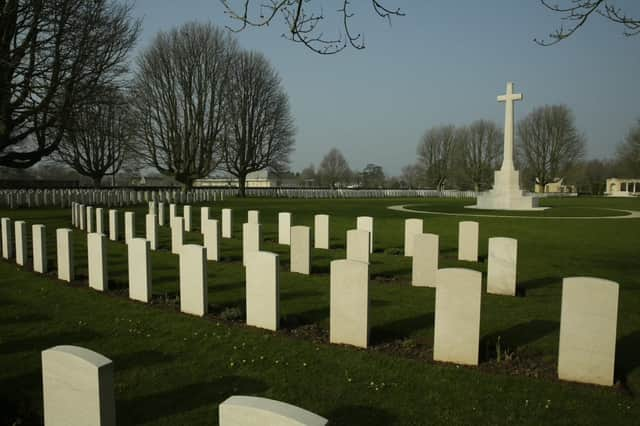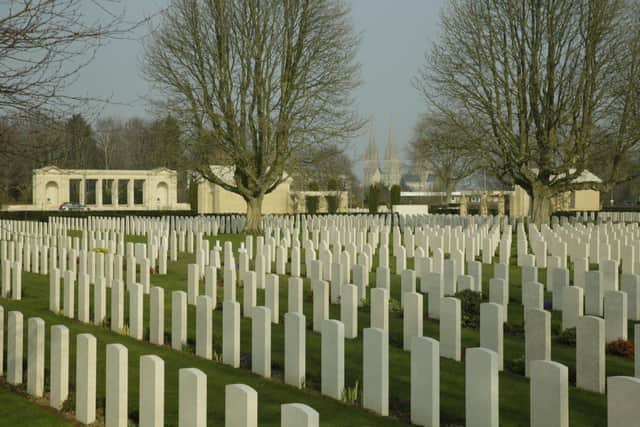How we are capturing the D-Day memories of the ‘greatest generation’


Written by The Commonwealth Graves Commission
June 1944 saw more than 150,000 Allied troops land on the beaches of Normandy to begin the liberation of France.
The planning for the landing was long, anxiety inducing and meticulous. What began as ‘the longest day’ soon became a fiercely-fought campaign, with casualty rates comparable to those in the great First World War battles. Unlike the First World War, this time they were prepared.


Bayeux Cemetery © ph.minot creacom.fr.
Advertisement
Hide AdAdvertisement
Hide AdThe Commonwealth War Graves Commission worked alongside military strategists to identify how they would manage the dead, transporting wooden crosses alongside rations and earmarking sections of French countryside as future cemeteries. A grim but practical solution to the inevitable losses expected on such a risky and dangerous operation.
Seventy-five years later the cemeteries of the Commonwealth War Graves Commission that dot the Normandy region tell the stories of the hard-won battles of 1944 like nothing else.
Bayeux Cemetery © ph.minot creacom.fr.
Beginning at the beaches and moving through the historic landscape, you follow in the footsteps of the liberators and the cemeteries retain a profound legacy for the people who live alongside them.